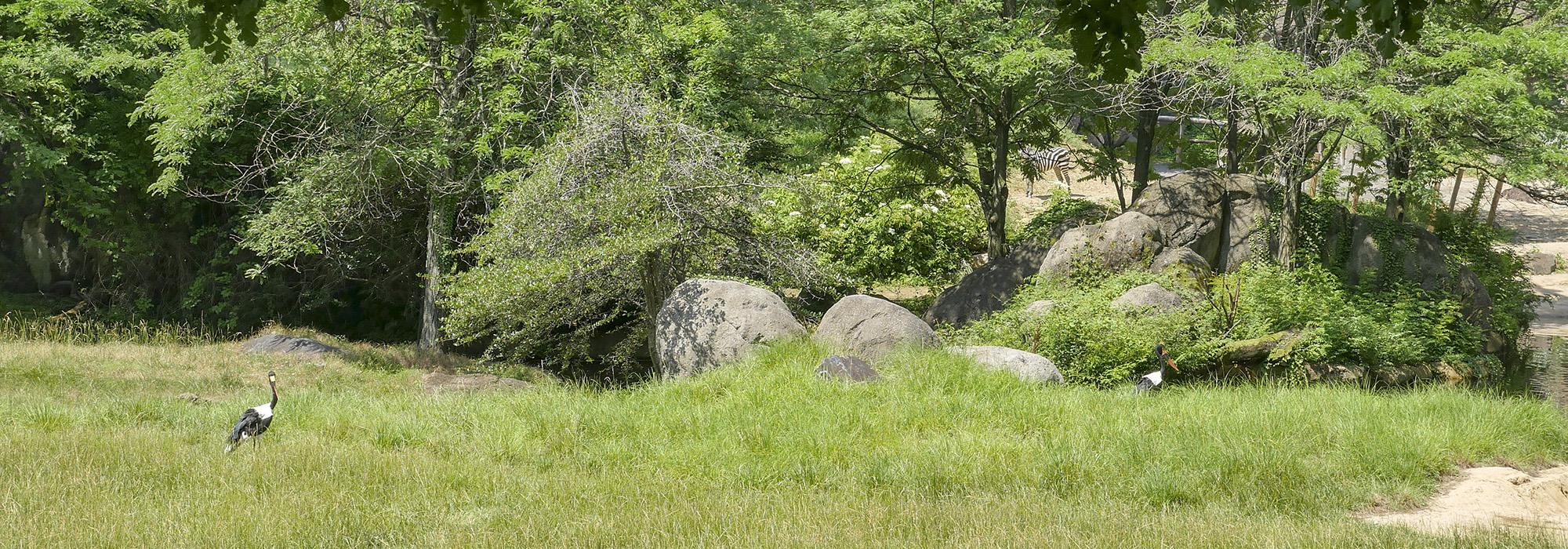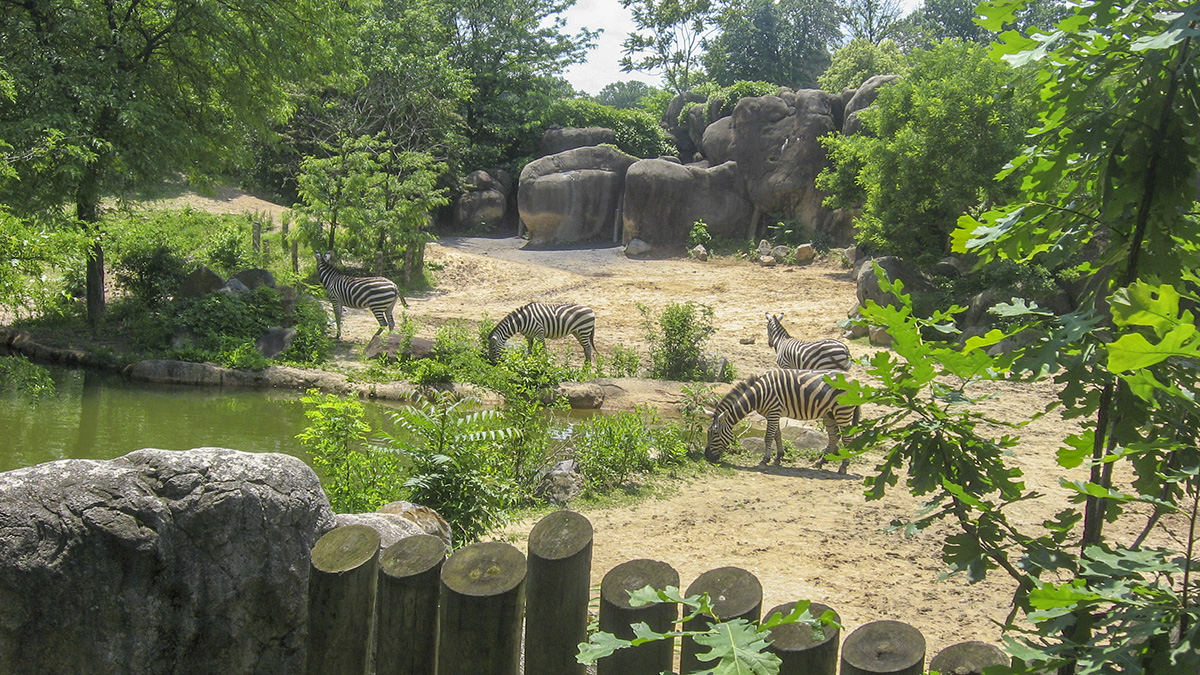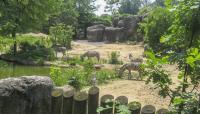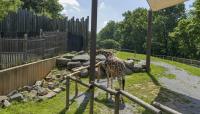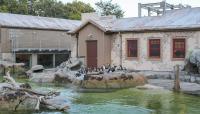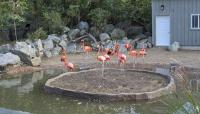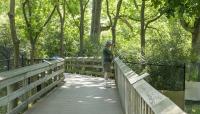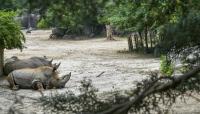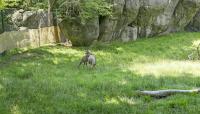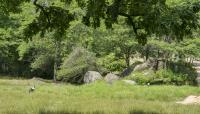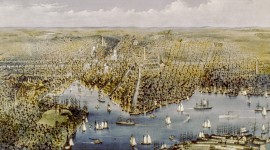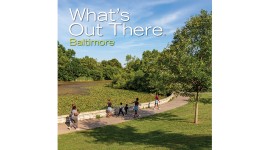Landscape Information
Located within Druid Hill Park, the zoological gardens were begun in 1862 by Howard Daniels when prominent Baltimoreans donated animals to enhance the experience of nature. In April 1876 the Maryland legislature officially created what was then called the Baltimore Zoo. Situated to the northeast of Upper Lake (now Boat Lake) and clustered to the rear of the Rogers Mansion House (built in the 1790s and predating the park), the zoo evolved further under the direction of Charles Latrobe, then the city’s general superintendent of public parks. The first animals were four swans, originally housed within the dilapidated mansion. Victorian wrought-iron cages designed by Augustus Faul were supplemented by stone animal houses on terraced grass plots, leading down the hillside to the northeast into the park’s so-called ‘Main Valley.’ The zoo’s collection was thus initially set within the surrounding parkland without a definitive boundary. Architect George Frederick designed three small railway stations that served as internal transportation within the park, with the Council Grove Station established to the southwest of the mansion to service the zoo.
By 1956 the zoo had grown to include a Camel House (1919), an Elephant and Hippopotamus House (1926), Wading Hill Bird Building (ca. 1945), a Concession Building (1946), the Hoofed Ungulates Pens (1948), a Reptile House (1948), and a Mammal House (1956). Much of the Main Valley was crossed by iron fencing and segments of stonework enclosing terraced grass plots, some of which are still visible today. By the 1970s land in the area west and north of the mansion was subsumed by the zoo and fenced off from the surrounding landscape for security. In 1984 the animals began to be displayed in settings replicating their native habitats—including the Polar Bear Watch, the African Journey, and the Maryland Wilderness—all connected by meandering paths through a wooded landscape. Currently the zoo’s animal collection occupies 135 acres of parkland and comprises more than 1,500 birds, mammals, amphibians, and reptiles, representing nearly 200 species.



